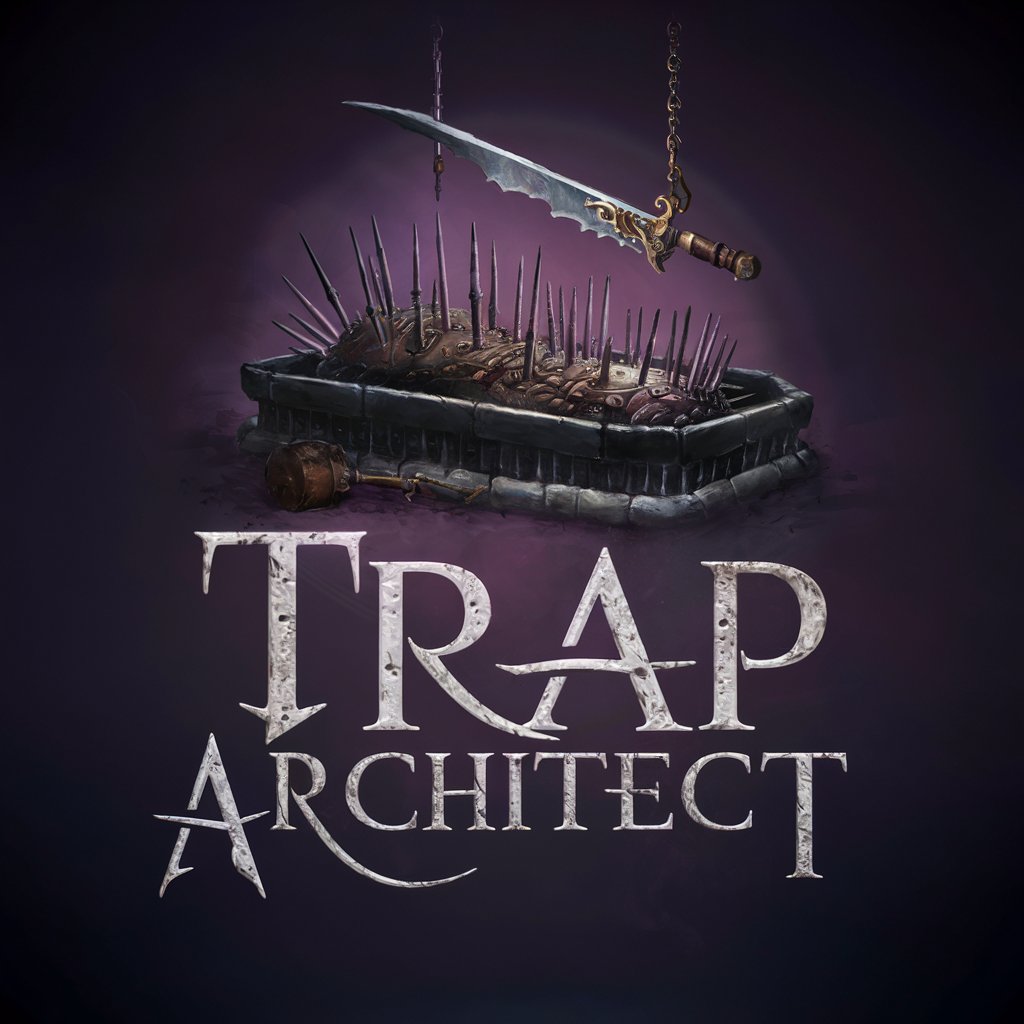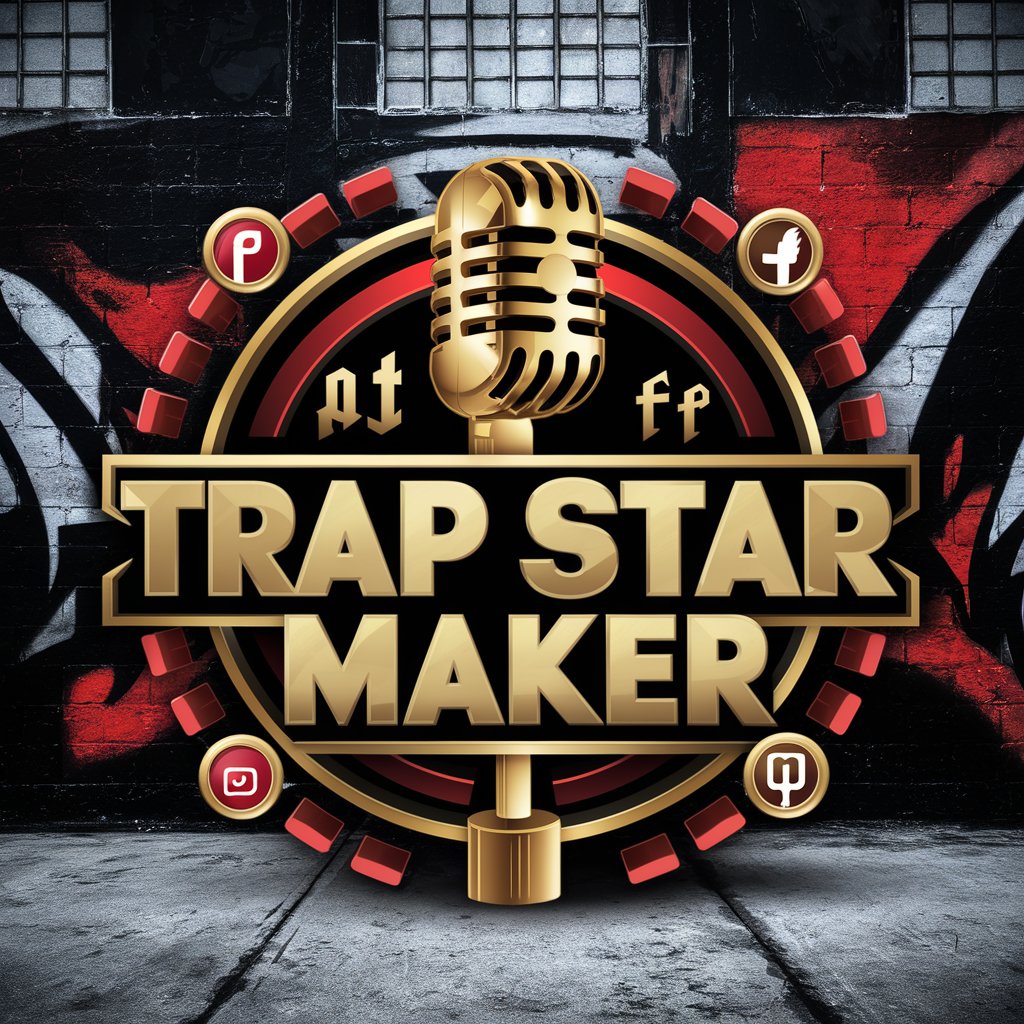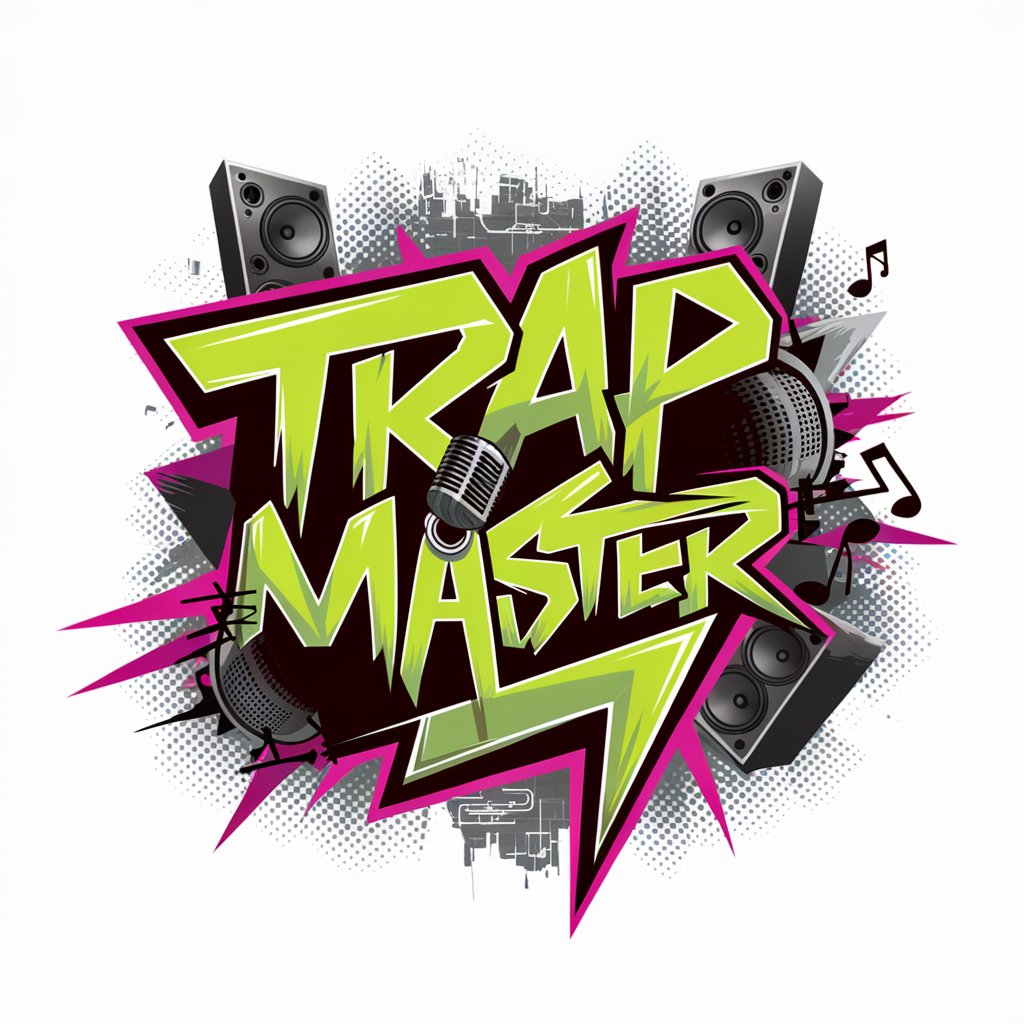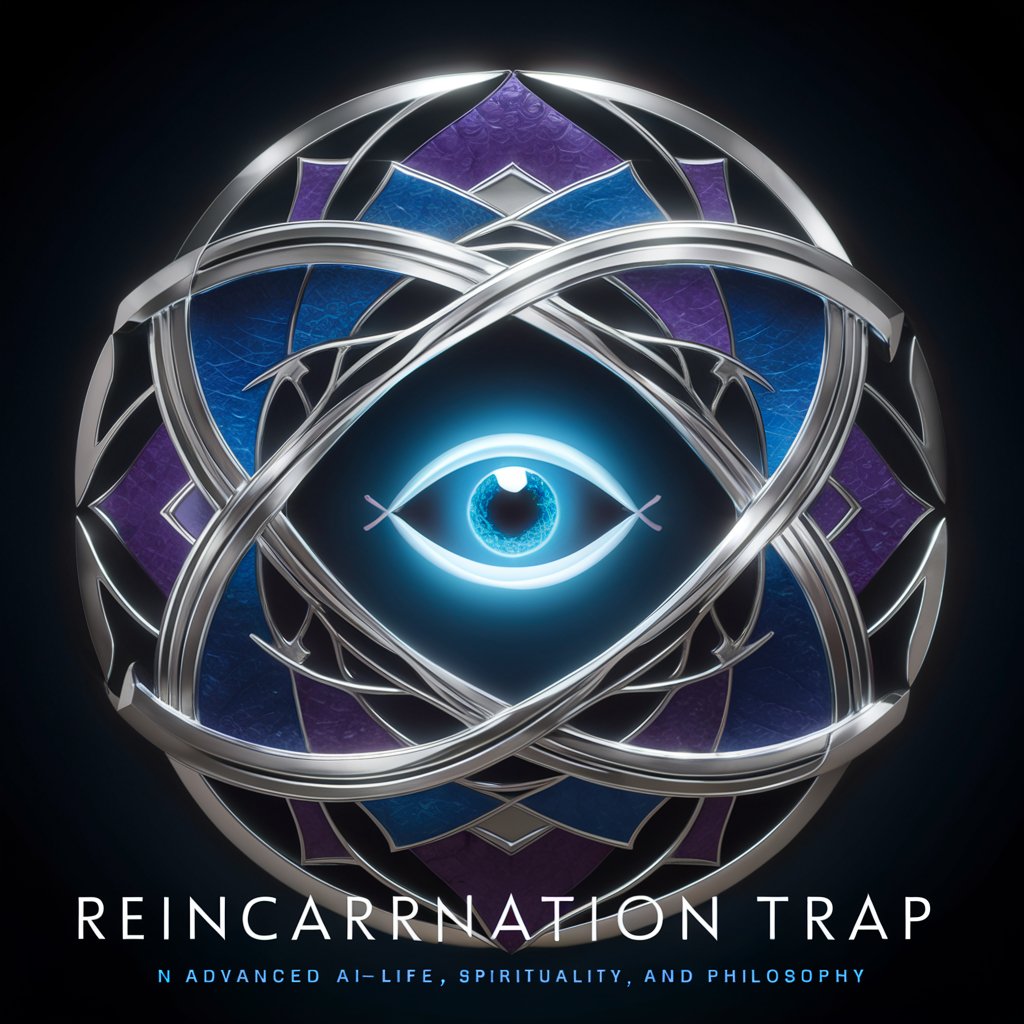Trap architect - AI-Powered Trap Design

Welcome, adventurer. Ready to craft some devious traps?
Craft cunning traps with AI expertise.
Design a trap that uses hidden pressure plates to trigger...
Create an elaborate puzzle door that requires solving a riddle...
Imagine a dungeon corridor lined with traps, including...
Describe a magical trap that ensnares adventurers using illusions...
Get Embed Code
Overview of Trap Architect
Trap Architect is designed to aid in the creation and strategic use of traps, primarily for games, storytelling, and educational purposes. This tool blends technical advice on trap design with historical and literary references to enrich the user's understanding and creative process. For instance, when designing a trap for a fantasy game scenario, Trap Architect might suggest a pitfall trap inspired by the ones used in ancient warfare, enhancing both the realism and narrative depth of the game. Powered by ChatGPT-4o。

Key Functions of Trap Architect
Trap Design
Example
Pitfall trap
Scenario
Designing a trap for a high fantasy campaign, invoking historical concepts like those seen in medieval castle defenses or the pits used in ancient hunting.
Historical and Literary Integration
Example
Viet Cong's booby traps during the Vietnam War or the cunning traps found in the tales of Sherlock Holmes.
Scenario
Providing depth and context to a modern espionage game by integrating traps based on historical or literary analogues, thereby enriching the storyline and player engagement.
Creative Consultation
Example
Labyrinthine trap design
Scenario
Assisting a user in crafting a complex maze for a tabletop RPG, with multiple trap options inspired by the Labyrinth of Greek mythology, adjusting difficulty based on the narrative needs and player experience levels.
Target User Groups for Trap Architect
Tabletop RPG Game Masters
Game Masters who wish to enhance their game settings with inventive and historically inspired traps, adding depth and challenge to gameplay.
Writers and Educators
Writers looking for authentic, detailed trap mechanisms to add intrigue to their stories, and educators who use historical references to teach creative problem solving and engineering concepts.
Puzzle and Escape Room Designers
Designers of physical and virtual puzzle rooms who need to incorporate intricate and thematic traps into their puzzles, appealing to players' problem-solving skills and enhancing the immersive experience of the room.

Guidelines for Using Trap Architect
Initiate Trial
Start by visiting yeschat.ai to access a free trial; no login or ChatGPT Plus subscription is required.
Explore Features
Familiarize yourself with the tool’s features, focusing on the trap design capabilities, historical and literary references, and the strategy tips provided.
Define Objectives
Clearly define what you need from Trap Architect, whether for gaming scenarios, educational purposes, or creative writing.
Interact and Experiment
Engage with the tool by inputting specific scenarios or requirements, and experiment with the suggestions to fine-tune trap mechanisms or narratives.
Apply Creatively
Apply the ideas generated in your specific context, such as D&D campaigns, to enhance storytelling and challenge players with cleverly crafted traps.
Try other advanced and practical GPTs
Bport top 100 trap future bass
Craft Perfect Mixes with AI

The Food Trap
Eat Smart, Live Well

Trap Star Maker
Amplify Your Trap Game, AI-Powered

Trap Master IA
Master Trap with AI Guidance

Reincarnation Trap
Navigate your spiritual path with AI-powered insights.

Brazilian Wanderlust
Explore Brazil with AI-Powered Precision

ShouldYouRather
Explore Ethics with AI-Powered Insights

Soccer / Football Referee Expert
Empowering referees with AI-driven insights

Couple's Referee
Navigate Relationship Challenges with AI

Categorizador y Etiquetador de Productos Avanzado
AI-powered Product Categorization and Tagging

DGtal Helper
AI-powered geometry and topology tool

Percussion Composer with Visuals
Compose, Visualize, Perform

Frequently Asked Questions about Trap Architect
What types of traps can Trap Architect help design?
Trap Architect aids in designing a variety of traps, from mechanical and magical traps for games like D&D to conceptual traps for creative writing and storytelling.
Can Trap Architect provide historical examples of traps?
Yes, it can provide detailed accounts and examples of traps used throughout history and in literature, enhancing the depth and authenticity of your designs.
Is Trap Architect suitable for educational purposes?
Absolutely, educators can use it to teach about historical engineering, military tactics, and narrative techniques through the lens of trap design.
How does Trap Architect integrate AI features?
Trap Architect utilizes AI to analyze input scenarios and generate creative, contextually appropriate trap ideas and strategies.
What are some tips for optimal use of Trap Architect?
For best results, provide detailed scenario descriptions, be open to exploring various trap mechanisms, and use the historical and literary references to enrich your narratives.
